The History of Donkey Kong
Donkey Kong is here!
A version of this article originally posted in August of 2012.
It's on like...
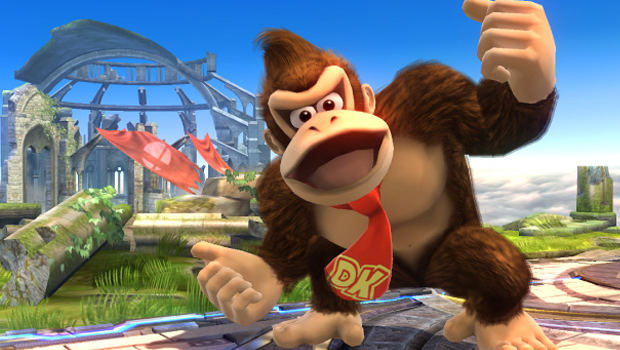
Donkey Kong is one of Nintendo's oldest franchises, and one that's come back into prominence with a new Wii U release. When you think about it, DK is arguably Nintendo's second most famous character (don't tell Link I wrote that). But do you really know Donkey Kong?
Hes starred in some of the most popular games ever made, but much of his history is unknown to casual fans. What's the reactionary gorilla been up to all these years and what are the strangest parts of his lineage? Click onward to see where it all began...
When first we met
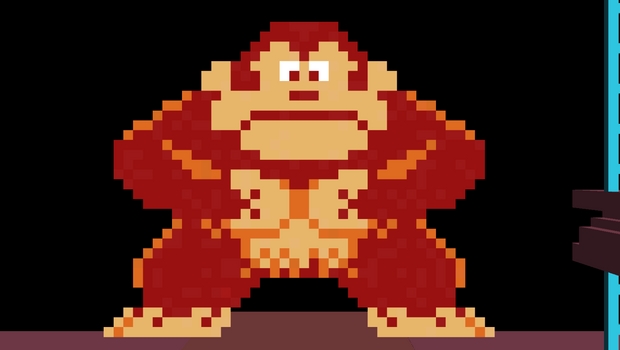
In 1981, toymaker Nintendo had barely dipped its toe into the emerging Japanese gaming market, but was ready to head to America. As the legend goes, the publisher repurposed some unpopular arcade cabinets to house a game created by a young artist named Shigeru Miyamoto who was overseen by the man that would eventually build the Game Boy, Gumpei Yokoi. Introducing an actual plot to gaming, the silly but simple tale followed a carpenter's pet gorilla stealing the workman's girlfriend. Thus Donkey Kong was born.
Despite the odd concept, the game became a monster hit around the world. The game basically invented the platformer, but back then arcade titles were inventing genres left and right. The real reason it's forever lodged in the minds of the players worldwide is the compelling narrative hook, memorable music, and colorful, cartoony graphics that have aged gracefully. But even though his name was on the marquee, it was Jumpman (soon to be renamed Mario) that became the real star, pushing DK into the background.
Neither Monkey Kong nor King Kong
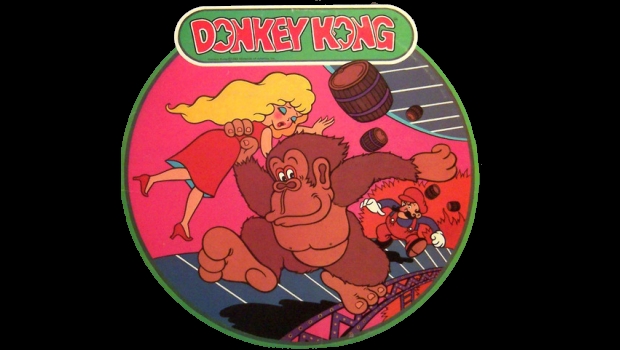
Still argued about to this day, fans aren't totally sure why a huge gorilla is named Donkey. A commonly held belief that Donkey Kong is a mistranslation of Monkey Kong, but that's been successfully disproven. According to creator Shigeru Miyamoto, the "Donkey" name was intentional, meant to reference the stubborn nature of the ape.
No matter the source of his first name, it was DK's last name that got Nintendo in trouble with Universal Studios. The movie company claimed the game infringed on its King Kong copyright, with both the plot and title. Seemingly the big studio thought it could intimidate Nintendo into settling, but N's legal team didn't falter. After proving that Universal didn't even possess the rights to King Kong, the court sided with Nintendo, a big victory on its road to US expansion.
Weekly digests, tales from the communities you love, and more
Save papa!
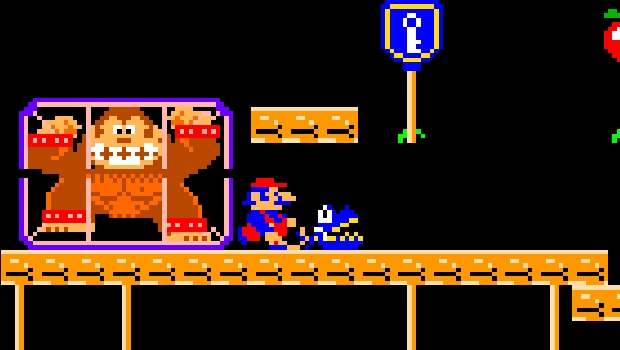
When it was finally time for the apes big sequel, Donkey Kong didn't return the conquering hero in his second adventure. Unpredictably, he's the damsel in distress, caged by Mario and assisted by his son, the titular Donkey Kong Junior. To this date gamers have yet to meet Junior's mother, but at the time we were too busy trying to save papa to notice.
Perhaps intended to play against player expectations at the time, seeing Mario as whip-wielding jailer out to kill a baby gorilla is a little jarring these day. It's a risk that Nintendo wouldn't take again with its mascot. In fact, Donkey Kong and his nemesis would part ways for a good while after this game.
Forgotten enemies
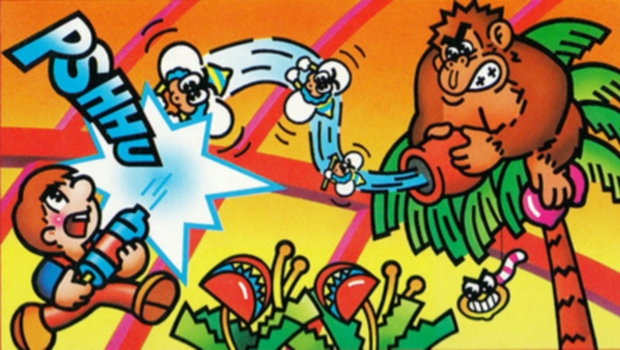
After he was finally freed by his son, Donkey Kong's third arcade title had him returning to his destructive ways. This time the imposing beast avoided Mario--he was enjoying new found success in Mario Bros--and forcefully took over a strangers green house. The only person to come to the aid of the defenseless plants was the now-forgotten Stanley the Bugman.
Ditching platforming to become a Galaga-styled shooter, Donkey Kong 3 is a strange asterisk in the ape's career. For as cool as he is, Stanley is an unneeded Mario replacement, though I do appreciate the little dance he does after winning. Looking back, this era represents a strange mood swing for players. After they pitied DK in the second game, they were now expected to shoot him in the crotch with bug spray.
In Country
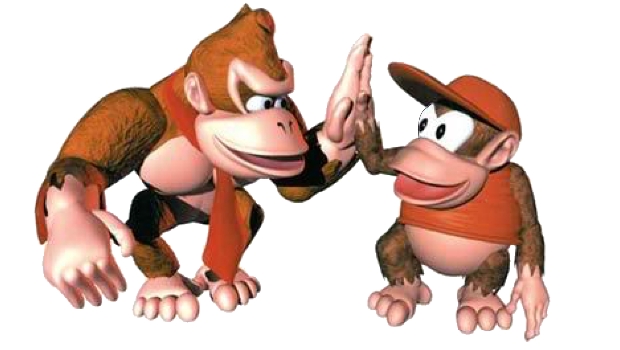
Following DK3, Kong was mostly limited to appearing in arcade ports while Jr. oddly joined the roster of Super Mario Kart instead of him, something that wouldnt be repeated in future Kart games. Then 1994 saw him return in a huge way that included a new, red necktie. Fans first saw DK at his most villainous in the stupendous Game Boy remake of the arcade original. Then Kong got a console series all his own thanks to some tech wizards in Northern England.
Donkey Kong Country made DK the hero for the first time ever as he chased down his stolen bananas all over a garden paradise. It gave DK a new personality and heroic identity, forgoing his unpredictable nature, bestowing a new voice and purpose. Featuring then-stunning CG graphics, DKC convinced many that the next generation consoles weren't needed as long the SNES could create such dazzling games.
Enter Diddy Kong
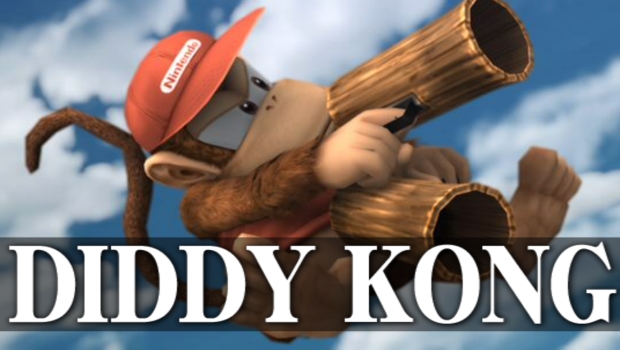
Originally designed as a new take on Donkey Kong Jr., Nintendo rejected Rare's redesign for the character, causing Rare to repurpose that look for Diddy Kong, an entirely new sidekick. The little monkey stuck close to his elder throughout DKC, even in the perilous underwater and mine cart stages, and he garnered a powerful fan base of his own. By the time the sequel rolled out, Diddy had usurped DK in the leading role.
Despite having his name in the title, Donkey Kong was shoved to background once again, getting captured in both sequels with Diddy and his girlfriend Dixie taking over as the main character. But even if he wasn't always playable, Country successfully returned Donkey Kong to a place of prominence in Nintendo's pantheon. Soon he was on friendly terms with Mario in the plumber's many spin-offs, including Mario Kart, while Diddy went to headline a racer of his own.
The missing link
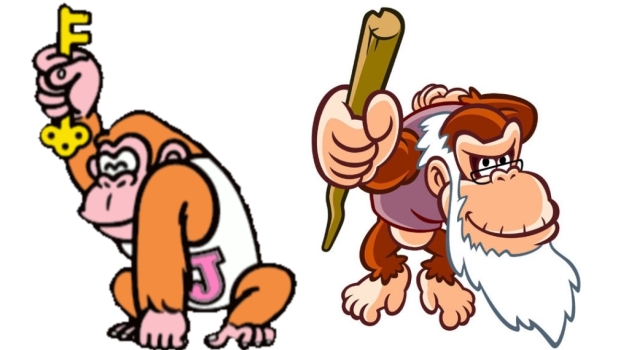
Donkey Kong Country may have put DK in the center stage again, but it also created a question of identity that Nintendo still hasn't fully explained. DKC introduced a whole family of new Kongs, including the crotchety (but lovable) Cranky Kong. The aged ape claimed to be the original arcade Donkey Kong that kidnapped Pauline. If that's true, who's the Donkey Kong in DKC and what happened to DK Jr.?
When Rare was in charge of the DK mythology Cranky sometimes said he was DK's father and other times claimed to be his grandfather, while Nintendo at first ignored the backstory entirely when Donkey Kong appeared in other games. Cranky being DK's father makes more sense, since that would mean DK is an adult version of Junior, but in his more recent appearances overseen by Nintendo, Cranky is clearly identified as DK's grandfather. So what happened to Junior? He hasn't been seen in years and if his dad is approximately 97 in ape years, how old can he be? And for that matter, why hasn't Mario aged at all in the intervening years? Perhaps these are things the world isnt meant to know.
Too much of a good thing
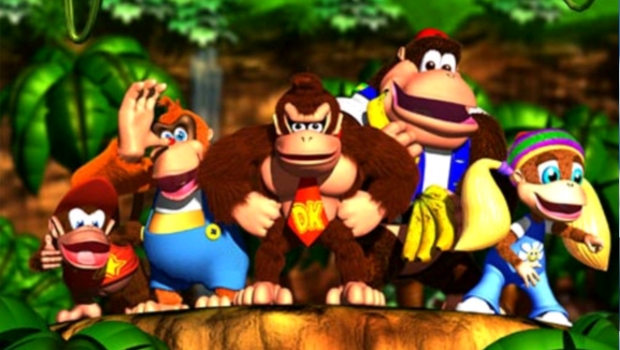
After ruling the sales charts in the second half of the SNES's lifecycle, Rare moved on to the N64 and became one of, if not the dominant developer for the system. Rare used the console to introduce multiple new stars, including Banjo-Kazooie and Jet Force Gemini, before returning to DK in Donkey Kong 64. Sadly, even though the game was well made, its formula had gotten stale.
Aside from the so-bad-it's-good rap that starts the game, the real problem with DK64 is that it buried players in collectibles. After unlocking the five different playable characters, each has different colored coins to collect along with Golden Bananas, Crystal Coconuts, keys, rolls of film, headphones, and medals that are scattered in every single stage. Rare was famous for using tons of hidden collectibles to extend playtime, but DK64 took that to such ludicrous extremes that numerous players rejected it. After DK64, many gamers needed to take a break from the ape's world.
Adventures that were never meant to be
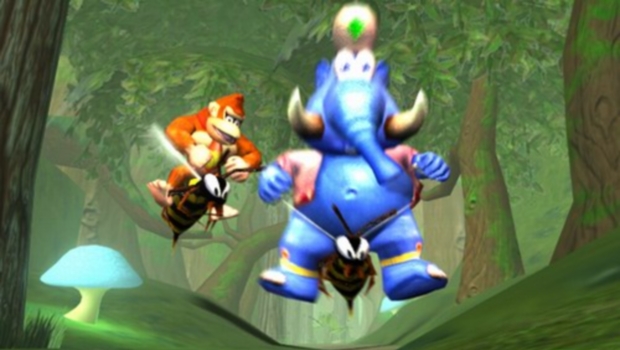
Donkey Kong 64 ended up as Rare's last hurrah with the primate, despite having several games prepared for Nintendo GameCube. Pictured above is Donkey Kong Racing, one of the first titles shown for GC and even advertised on the North American packaging for the system. That and two other DK games were cancelled when Rare was purchased by an unlikely corporate suitor.
Following the success of Country, Nintendo became part owner of Rare, but when the N64 went to pasture, Nintendo chose to sell its stake in Rare to Microsoft. Once MS got Rare working on titles for the Xbox and its successor, Nintendo cancelled multiple Donkey Kong titles that suddenly were missing a developer. At first it was unclear to fans who owned what characters after the sale, but eventually all the Country characters belonged to Nintendo. Unsurprisingly, the publisher took the ape back into the first party fold at that point.
Henry Gilbert is a former GamesRadar+ Editor, having spent seven years at the site helping to navigate our readers through the PS3 and Xbox 360 generation. Henry is now following another passion of his besides video games, working as the producer and podcast cohost of the popular Talking Simpsons and What a Cartoon podcasts.



